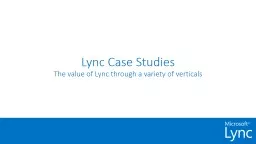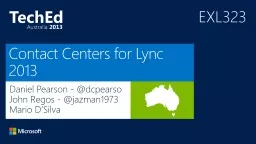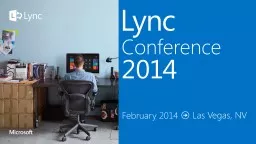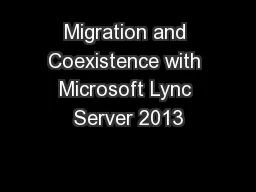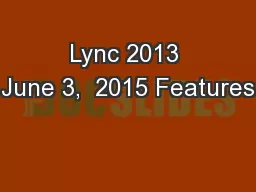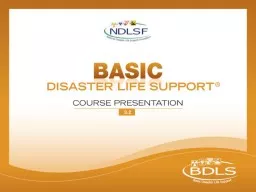PPT-Design your Lync 2013 Deployment to be a Disaster proof
Author : yoshiko-marsland | Published Date : 2016-07-21
Ewan MacKellar Andrew Ehrensing EXL 325 Design your Lync 2013 Deployment to be Disaster Proof Market Drivers What have we heard One of the most wanted features for
Presentation Embed Code
Download Presentation
Download Presentation The PPT/PDF document "Design your Lync 2013 Deployment to be a..." is the property of its rightful owner. Permission is granted to download and print the materials on this website for personal, non-commercial use only, and to display it on your personal computer provided you do not modify the materials and that you retain all copyright notices contained in the materials. By downloading content from our website, you accept the terms of this agreement.
Design your Lync 2013 Deployment to be a Disaster proof: Transcript
Download Rules Of Document
"Design your Lync 2013 Deployment to be a Disaster proof"The content belongs to its owner. You may download and print it for personal use, without modification, and keep all copyright notices. By downloading, you agree to these terms.
Related Documents


